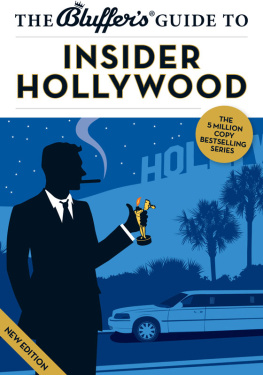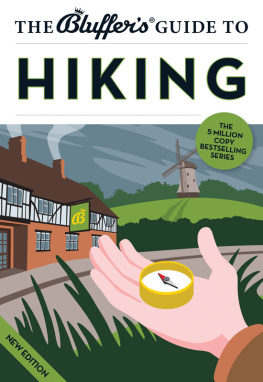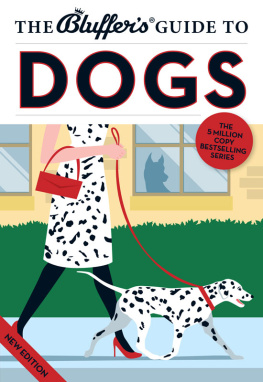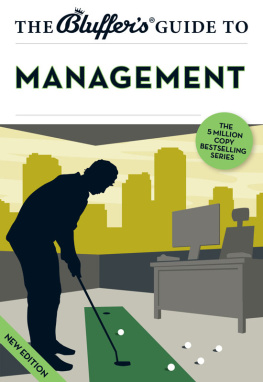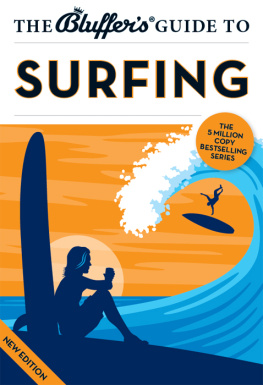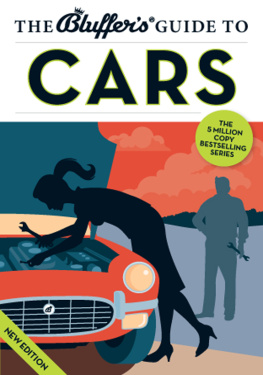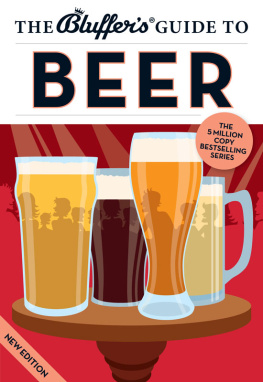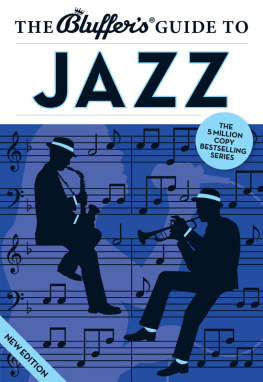

Colette House
52-55 Piccadilly
London W1J 0DX
United Kingdom
Email:
Website: bluffers.com
Twitter:
First published 2013
Copyright Bluffers 2013
Publisher: Thomas Drewry
Publishing Director: Brooke McDonald
Series Editor: David Allsop
Design and Illustration: Jim Shannon
All rights reserved. No part of this publication
may be reproduced, stored in a retrieval system
or transmitted in any form or by any means, electronic,
mechanical, photocopying, recording or otherwise,
without the prior permission of Bluffers.
A CIP Catalogue record for this book
is available from the British Library.
Bluffers Guide, Bluffers and Bluff Your Way
are registered trademarks.
| ISBN: | 978-1-909365-16-2 (print)
978-1-909365-17-9 (ePub)
978-1-909365-18-6 |

Hollywood is a town where the phrase Fake it until you make it is less of a clich and more of a direct instruction for a desirable mode of living.

L iving and working in Hollywood requires levels of optimism and inflated self-belief rarely seen outside Third World dictatorships, end-of-the-world cults, or investment banking.
The types of people who thrive in Hollywood are hustlers, scoundrels and egomaniacs. It is an industry built on chutzpah, hyperbole and downright lies. It is a town where the phrase: Fake it until you make it is less of a clich and more of a direct instruction for a desirable mode of living. Put simply, Hollywood is the ideal environment for bluffers.
All Hollywood veterans remember the feeling they had when they first bluffed their way into a gig. There was the flash of glory as they successfully pretended they knew more about the film and television industry than anyone else in the room perhaps even the world and, as a result, were given a disproportionate amount of power and responsibility.
Once welcomed inside Hollywoods golden halls, our brave bluffers discovered another truth. One sunny Los Angeles day, while jauntily ascending from their golf cart to their personalised Star Wagon, they realised that everyone around them had done exactly the same thing. There were entire companies and film sets where no one knew what the hell they were doing. The place was rife with bluffers. They were everywhere, wafting through the ranks without lifting a finger.
This book will give you the tools you need to bluff about Hollywood and the entertainment industry. It will allow you to convince awestruck admirers that you have peeked into the closed sets of the studio backlots, flown with the stars on private jets, played poker with the moguls and had plastic surgery with their trophy wives (or husbands). All this, without ever having to reveal that the closest youve been to Hollywood is your local multiplex.
T here are many myths about the founding of Hollywood. Most of them are untrue, and in order for you to assert yourself as an expert in the field, it is helpful to be able to allude to some of the basics. So, feel free to assume an air of nonchalant indifference as you drop the following golden nuggets into conversation, with appropriate pauses for emphasis; these, of course, should not be long enough to open yourself up to questions.
That could be dangerous.
MOVIES ON THE RUN
Lets get straight to the point: Hollywood was founded by people on the run.
In the early twentieth century, movie companies in New York were dodging film-stock and camera manufacturers (aka The Trust) who wanted licence fees on each movie that had been made with their equipment. Accordingly, these manufacturers sent hired goons who could clear film sets faster than a moguls wife could pillage Bergdorf Goodman. Demanding an exorbitant fee for something with which you had nothing to do is old hat in todays Hollywood, but back in the quaint 1920s, this was still seen as, well, a trifle pushy.
Desperate to escape The Trusts hoodlums (and perhaps also their own free-spending wives), some filmmakers began to explore new territories.
BRAVE EXPLORERS
One of the first brave explorers to the West Coast was director DW Griffith. Here, you may feel the need to wipe a tear from your eye (poignantly) as you recall how, in 1910, he set out for California alone except for a troupe of actors to change the course of movie history. He did this by shooting the first film ever made in Hollywood. It was called In Old California, and was a short film, which was probably for the best, as it wasnt very good.

There is a valuable lesson here to all bluffers about the importance of making a good first impression.

A couple of years later, director Cecil B DeMille and producer Jesse L Lasky also arrived in the Golden State. They had initially set out for Flagstaff, Arizona, but got off the train, looked around and got right back on again and stayed to the end of the line which happened to be Los Angeles. Here they shot Hollywoods first full-length feature, The Squaw Man.
If Arizona hadnt been such a bummer, the course of moviemaking history might have been completely different. There is a valuable lesson here to all bluffers about the importance of making a good first impression.
THE FIRST BLUFF
The first Hollywood motion picture studio was founded in 1911. Two brothers from New Jersey, David and William Horsley, bought a decrepit pub on the corner of Sunset Boulevard and Gower Street. Not ones to be held back by appearances, they grandly named it The Nestor Motion Picture Company (one wonders why they chose this particular character from Greek mythology, as Nestor was infamous for giving people bad advice in Homers Odyssey). The founding of Nestor may have been the first Hollywood bluff and it worked. A year later the brothers merged their company (renamed Nestor Studios) with Carl Laemmle and other independent filmmakers to form the more prosaically named Universal Film Manufacturing Company.
THE ARRIVAL OF THE MOGULS
Carl Laemmle
Laemmle was a shrewd businessman. In 1914, Universal bought 230 acres of land in the San Fernando Valley. This was a massive step up from the former boozer owned by the Horsley brothers. It was a megalopolis, able to produce up to 250 films, shorts and newsreels a year. Laemmle, with perhaps a little hubris, called this whole area Universal City. He was keen to show off his new digs and, much to the chagrin of anyone actually trying to make a film, invited members of the general public to visit the lot.
Laemmle basically invented the idea of the theme park. Families worldwide have Uncle Carl to thank for endless days spent queuing for rides in the baking sun with the misguided belief that this is quality time that somehow bonds you all together, which it does by mutual misery and despair.
Besides Laemmle, other moguls fled west around the same time. Any bluffer worth his or her salt should be able to reference the following rogues gallery. (You will notice that many of them changed their names en route, and we thoroughly encourage this tactic.)
Next page
